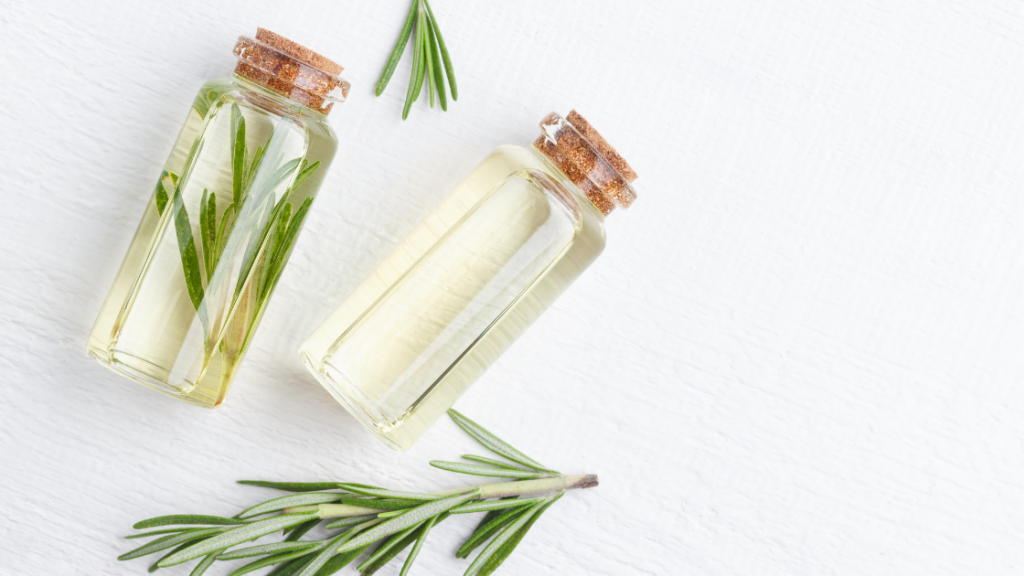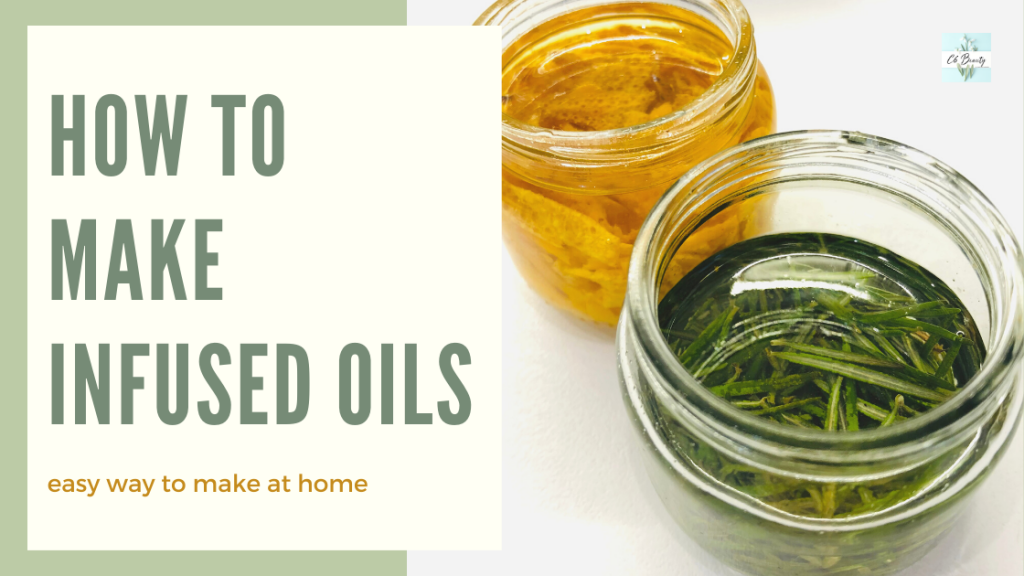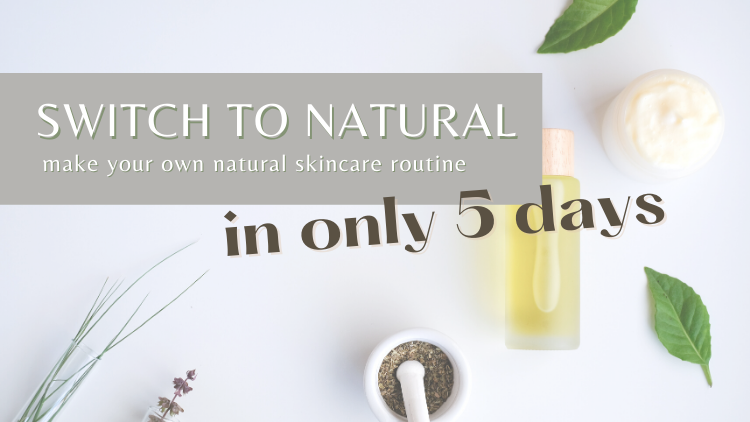Herb maceration is one of the most used techniques in do-it-yourself cosmetics. This technique allows the preparation of unique herb-infused oils with peculiar properties given by the chosen herbs. Herb-infused oils are easy to make, require only two ingredients, and can be used in many beauty recipes. In this post, let’s see how to make an herb-infused oil that is perfect for the skin.
MEDICAL DISCLAIMER: All information presented on this website is for informational purposes only. This website is not intended to diagnose, treat, cure or prevent any disease and is not intended to be a substitute or replacement for any medical treatment. Please seek the advice of a healthcare professional for your specific health concerns. Individual results may vary.

How to make herb infused oil
The preparation of herb-infused oil is based on the extractive technique. Here a component or active principle is extracted from a matrix. A necessary condition for the process to take place is to use a solvent, in which the substance to be extracted is soluble.
Wanting to extract essential oils from rosemary and tangerine peels, I used as a solvent a carrier oil such as sunflower oil. This oil is easily absorbed by the skin and it’s also cheap.
Best carrier oil for infusing herbs

The choice of oil to use is totally personal.
I prefer to choose it after answering the following questions:
- What product am I going to use the infused oil in?
- Am I going to use cold maceration or hot maceration?
- Am I going to store it for a long time or immediately?
Let’s see why these questions help us choose the right oil.
1- In which product will I use the infused oil?
The choice of the carrier oil must take into account the final use you want to make of it. For face creams, it would be ideal to choose an oil that is easily absorbed, non-comedogenic and non-greasy. In this case, Jojoba or sunflower oil are among my favorites.
2- Am I going to use cold maceration or hot maceration?
Maceration can take place as a cold or hot process. In the latter case, leaving our jar in a bain-marie for hours helps us to speed up the process instead to leave them for weeks. When choosing this technique, we must consider the thermolability of the oil, that is its resistance to high temperatures. In this case, my favorites are olive oil or grapeseed oil.
3- Am I going to store it for a long time or immediately?
Oils can be subjected to processes of rancidity (oxidative rancidity) in contact with air, light, or heat. This process modifies the structure of free fatty acids leading to the formation of byproducts responsible for the rancid smell. If we wanted to use the infused oil immediately there will be no need to worry much about it. If, on the other hand, we are going to leave it for months, we should check the infused oil periodically. This will help us to understand the current state of the oil.

How to make an infused oil
To make infused oils, I recommend using only organic herbs or those of a certain origin. I used organic rosemary grown in my garden and tangerine peel from a small tree in my parents’ garden. I decided to make these two infused oils because I was certain that they were 100% organic and had not come into contact with pesticides.
How to make infused rosemary oil for face

For the preparation of infused rosemary oil, I gathered 3 sprigs of rosemary. I washed them thoroughly to remove dust and dirt. I, then, dried them carefully to make sure there was no water residue on them.
Once they were dry, I separated the leaves from the branches and placed them in a small jar. I filled the jar to half its height and then poured in as much sunflower oil. I let it cold macerate for a month before straining the oil with a cotton tissue. Then I used it for new DIY skincare recipes.
How to make infused tangerine oil

To make the infused tangerine oil, I followed the same process applied for the infused rosemary oil. I washed the tangerines very well and peeled them. Carefully, I removed the white inner part of the peels and then I finely cut them into small pieces. After putting them in the glass container, I poured some sunflower oil and let it cold macerate for a month. Sunflower oil can be replaced with jojoba or argan oil. With time, the oil will take a golden color, precisely because of the essential oils and nutrients released.
Considerations
In any case, be very careful to fully immerse your herbs. If they remain outside the oil and in contact with the air, it will be possible to observe the formation of mold on their surface. Be very careful!
Try your hand at creating your own unique infused oil. Use it as nutrient serums at night or to use in more complex natural skincare recipes. Let me know if you decide to create your own infused oil. Tag me as @c6beauty or emailing me or messaging me in direct!:)
Want to discover the benefits of simple ingredients like rice water, too? Check out my post on how rice water can be great for skin and hair.
Hey, don’t miss my FREE natural skincare guide! Grab it now!!
If you like my content, help me with a small donation. With your support, I would like to buy new ingredients and create original healthy beauty products! Thank you 🙂
Gabi


